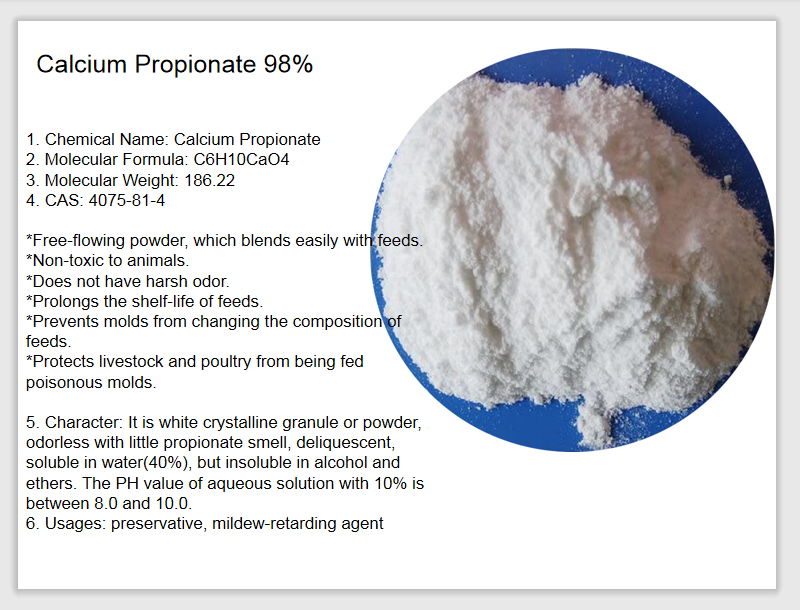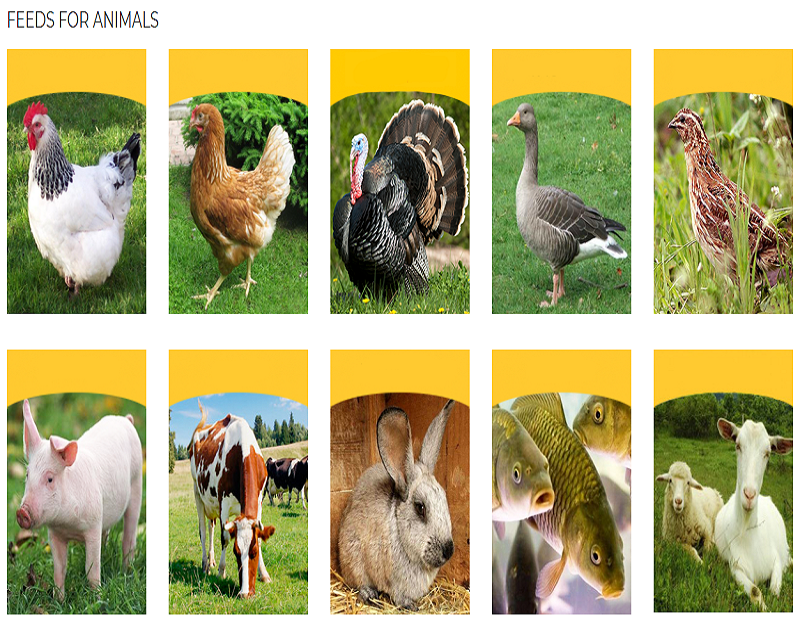Global Feed Grade Calcium Propionate Market 2021
The Global Calcium Propionate Market accounted for $243.02 million in 2018 and is expected to reach $468.30 million by 2027 growing at a CAGR of 7.6% during the forecast period.
Some of the key factors influencing the market growth include increasing health concerns of consumers in the food industry, increasing demand for packaged and ready-to-eat food products and costoeffective preservation solution. However, stringent regulations is restricting market growth.
Calcium propionate is calcium salt of propionic acid soluble in methanol and ethanol but is insoluble in acetone and benzene. The chemical formula of calcium propionate is Ca(C2H5COO)2. Calcium propionate is used as a food additive and as a preservative for various food products such as bread & baked products, processed meat, whey, dairy products, and feed supplements. It acts as an antimicrobial agent and prevents bacterial and fungal growth.
On the basis of the form, the dry segment is anticipated to have significant growth during the forecast period, due to the factors such as ease of mixing and better dispersion throughout the food matrix. Additionally, dry calcium propionate does not affect the leavening action of baking powder in bakery products. Furthermore, the dry form has a longer shelf life, facilitates better dispersion throughout the food matrix, and enhances flavour.
By Geography, The North American region is expected to have considerable market growth during the forecast period. This region is one of the largest consumers and exporters of calcium propionate due to the wide and matured bakery market and high bread consumption. The market for calcium propionate in North America is fairly matured; hence, growth in this region is moderate.
Calcium Propionate – Animal Feed Supplements
- Higher milk yield (peak milk and/or milk persistency).
- Increase in milk components (protein and/or fats).
- Greater dry matter intake.
- Increase calcium concentration & prevents acture hypocalcemia.
- Stimulates rumen microbial synthesis of protein and/or volatile fatty (VFA) production results in improving the animal appetite.
- Stabilize rumen environment and pH.
- Improve growth (gain and feed efficiency).
- Reduce heat stress effects.
- Increase digestion in the digestive tract.
- Improve health (such as less ketosis, reduce acidosis, or improve immune response.
- It acts as a useful aid in preventing milk fever in cows.

